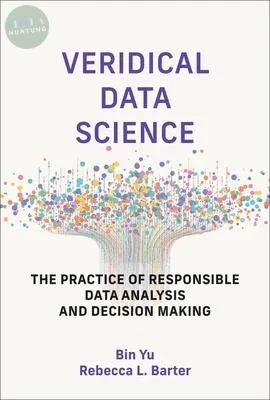
| 定價: | ||||
| 售價: | 1663元 | |||
| 庫存: | 已售完 | |||
| LINE US! | 詢問這本書 團購優惠、書籍資訊 等 | |||
| 此書籍已售完,調書籍需2-5工作日。建議與有庫存書籍分開下單 | ||||
| 付款方式: | 超商取貨付款 |

|
|
| 信用卡 |

|
||
| 線上轉帳 |

|
||
| 物流方式: | 超商取貨 | ||
| 宅配 | |||
| 門市自取 |
為您推薦

類似書籍推薦給您
【簡介】 Reading an ECG correctly and working out what to do next is an invaluable skill for any doctor, nurse or paramedic when evaluating the condition of a patient.Making Sense of the ECG: Cases for Self Assessment helps students and more experienced healthcare practitioners to consolidate their knowledge of ECG interpretation through real-life scenarios. The patients’ history, examination and initial investigations are presented along with questions on the ECG interpretation, allowing readers to assess their ability to interpret ECGs accurately, perform differential diagnosis and decide upon the most appropriate clinical management in each situation. Detailed explanatory answers respond to the questions posed, as well as providing practical clinical guidance and essential revision support.Key features: Convenient format - ideal for both rapid reference and the presentation of full 12-lead ECG traces throughoutStrong clinical emphasis - encourages you to put principles into practiceDetailed explanations - aid in-depth learningLearn, revise and test yourself - use regularly to refresh your knowledge and ideal during exam preparationUsed alongside the popular textbook Making Sense of the ECG: A Hands-on Guide 6E, or independently, as a vital tool to consolidate knowledge and prepare for clinical practice, this latest edition has been fully updated in line with the latest management guidelines and features a new appendix listing the key diagnosis in each ECG, making it easier to locate topics for revision.

類似書籍推薦給您
【簡介】 【目錄】 Table of Contents: 1. The Where, Why, and How of Data 2. Graphs, Charts, and Tables-Describing Your Data 3. Describing Data Using Numerical Measures 1 - 3 SPECIAL REVIEW SECTION 4. Introduction to Probability 5. Discrete Probability Distributions 6. Introduction to Continuous Probability Distributions 7. Introduction to Sampling Distributions 8. Estimating Single Population Parameters 9. Introduction to Hypothesis Testing 10. Estimation and Hypothesis Testing for Two Population Parameters 11. Hypothesis Tests and Estimation for Population Variances 12. Analysis of Variance 8 - 12 SPECIAL REVIEW SECTION 13. Goodness-of-Fit Tests and Contingency Analysis 14. Introduction to Linear Regression and Correlation Analysis 15. Multiple Regression Analysis and Model Building 16. Analyzing and Forecasting Time-Series Data 17. Introduction to Nonparametric Statistics 18. Introducing Business Analytics 19. Introduction to Decision Analysis (Online) 20. Introduction to Quality and Statistical Process Control (Online) APPENDICES A to P

類似書籍推薦給您
【簡介】 Using real-world data case studies, this innovative and accessible textbook introduces an actionable framework for conducting trustworthy data science.Most textbooks present data science as a linear analytic process involving a set of statistical and computational techniques without accounting for the challenges intrinsic to real-world applications. Veridical Data Science, by contrast, embraces the reality that most projects begin with an ambiguous domain question and messy data; it acknowledges that datasets are mere approximations of reality while analyses are mental constructs. Bin Yu and Rebecca Barter employ the innovative Predictability, Computability, and Stability (PCS) framework to assess the trustworthiness and relevance of data-driven results relative to three sources of uncertainty that arise throughout the data science life cycle: the human decisions and judgment calls made during data collection, cleaning, and modeling. By providing real-world data case studies, intuitive explanations of common statistical and machine learning techniques, and supplementary R and Python code, Veridical Data Science offers a clear and actionable guide for conducting responsible data science. Requiring little background knowledge, this lucid, self-contained textbook provides a solid foundation and principled framework for future study of advanced methods in machine learning, statistics, and data science. Presents the Predictability, Computability, and Stability (PCS) methodology for producing trustworthy data-driven resultsTeaches how a data science project should be conducted from beginning to end, including extensive discussion of the data scientist’s decision-making processCultivates critical thinking throughout the entire data science life cycleProvides practical examples and illuminating case studies of real-world data analysis problems with associated code, exercises, and solutionsSuitable for advanced undergraduate and graduate students, domain scientists, and practitioners

類似書籍推薦給您

類似書籍推薦給您